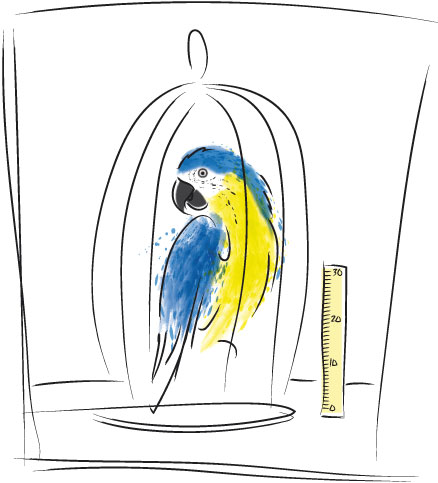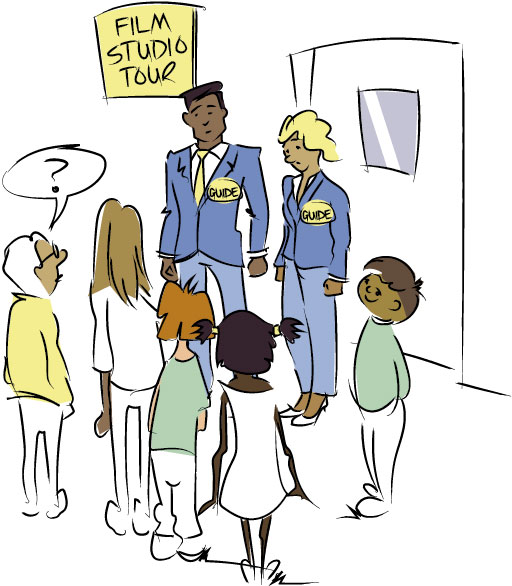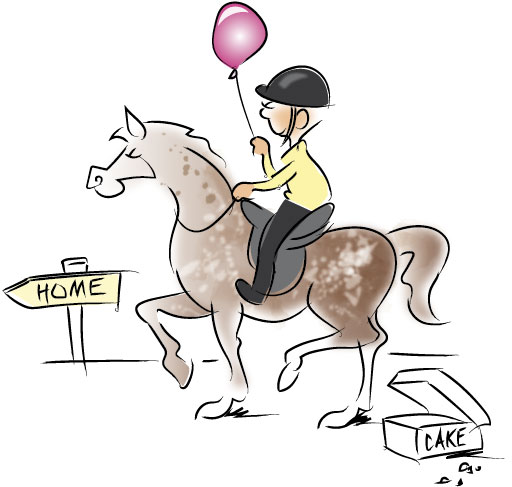3.3 The mischief rule
This rule gives a judge more discretion than either the literal or the golden rule. This rule requires the court to look to what the law was before the legislation was passed in order to discover what gap or mischief the legislation was intended to cover. The court is then required to interpret the legislation in such a way to ensure that the gap is covered. The rule is contained in Heydon’s Case (1584) 3 Co Rep 7a, where it was said that for the true interpretation of legislation, four things have to be considered.
- What was the common law before the making of the Act.
- What was the mischief and defect for which the common law did not provide.
- What remedy Parliament hath resolved and appointed to cure the disease of the Commonwealth.
- The true reason of the remedy; and then the office of the Judges is to make such construction as shall suppress the mischief and advance the remedy.
This rule gives the court justification for going behind the actual wording of the legislation in order to consider the problem that the particular legislation was aimed at remedying. At one level it is clearly the most flexible rule of interpretation, but it is limited to using previous common law to determine what mischief the legislation in question was designed to remedy. The case itself concerned a dispute about legislation passed under Henry VIII in 1540 and a legal action against Heydon for intruding into certain lands in the county of Devon. As common law gained influence in Scotland following the Acts of Union, rules and influences from the English legal system began to have an impact. Here is just one example.
Box 9 Example of the mischief rule: Corkery v Carpenter [1951] 1 KB 102
An example of the use of the mischief rule is found in the case of Corkery v Carpenter [1951] 1 KB 102. In 1950 Shane Corkery was sentenced to one month’s imprisonment for being drunk in charge of a bicycle in public. At about 2.45 p.m. on 18 January 1950, the defendant was drunk and was pushing his pedal bicycle along Broad Street in Ilfracombe. He was subsequently charged under Section 12 of the Licensing Act 1872 with being drunk in charge of a carriage. The 1872 Act made no actual reference to bicycles. The court elected to use the mischief rule to decide the matter. The purpose of the Act was to prevent people from using any form of transport on a public highway whilst in a state of intoxication. The bicycle was clearly a form of transport and therefore the user was correctly charged.
Activity 4 The rules of interpretation
Consider each of the (fictitious) scenarios below. Having read the facts of each scenario, identify which one of the three rules of interpretation would best suit the facts and apply that rule to the scenario to reach a conclusion.



- B puts a rare parrot in his shop window as a display. The Prevention of Displaying Parrots Act (fictitious) 2017 makes it a criminal offence to offer for sale any bird taller than 10 cm. The rare parrot is 80 cm tall. Has B committed an offence? Has B ‘offered for sale’?
- The Protection of Harry Potter Locations Act (fictitious) 1990 makes it an offence to ask a question of a tour guide in the vicinity of a Harry Potter location. C and D are on a Harry Potter location tour and ask a question of their tour guide when they are in the room where the last chapter of the last Harry Potter story was written. Have C and D committed an offence?
- The Cake Act (fictitious) 2020 makes it illegal to drive a car or any other transport if the driver has eaten more than one piece of cake in the past 10 hours. E has been to a children’s birthday party on a farm and has had three pieces of cake. The farmer lends E a horse to ride home. Has E committed an offence?
Comment
Each of the scenarios has been written to be similar to one of the cases you read about learning about the rules of interpretation.
- The facts given here were similar to those in Fisher v Bell [1960] 3 All ER 731. The Restriction of Offensive Weapons Act 1959 made it an offence to offer for sale certain offensive weapons including flick knives. James Bell, a Bristol shopkeeper, displayed a weapon of this type in his shop window in the arcade at Broadmead. The Divisional Court held that he could not be convicted because, giving the words in the statute a tight literal meaning, Mr Bell had not offered the knives for sale. Based on these facts B would not have committed an offence.
- The facts given here were similar to those in Adler v George [1964] 1 All ER 628. Under Section 3 of the Official Secrets Act 1920, it was an offence to obstruct HM Forces in the vicinity of a prohibited place. Mr Frank Adler had in fact been arrested whilst obstructing such forces within such a prohibited place (Marham Royal Air Force Station). He argued that he was not in the vicinity of a prohibited place as he was actually in a prohibited place. The court applied the golden rule to extend the literal wording of the statute to cover the action committed by the defendant. Based on this application C and D would have committed an offence.
- The facts given here were similar to those in of Corkery v Carpenter [1951] 1 KB 102. In 1950 Shane Corkery was sentenced to one month’s imprisonment for being drunk in charge of a bicycle in public. He was charged under Section 12 of the Licensing Act 1872 with being drunk in charge of a carriage. The 1872 Act made no actual reference to bicycles. The court elected to use the mischief rule to decide the matter. The purpose of the Act was to prevent people from using any form of transport on a public highway whilst in a state of intoxication. The bicycle was clearly a form of transport and therefore the user was correctly charged. Based on whether a horse is regarded as ‘any other form of transport’, as a horse does not have wheels, E may have committed an offence.
Remember that earlier in the course, you learned that ‘Some judges prefer one rule, while other judges prefer another’. So you may have chosen to apply different rules in different ways. The purpose of Activity 4 was to encourage you to think about the way judges interpret words and why one rule may be chosen over another. There is no list which judges work through when applying these rules. You will shortly learn about the most recent, and probably most common, approach, which emerged during the last century.
